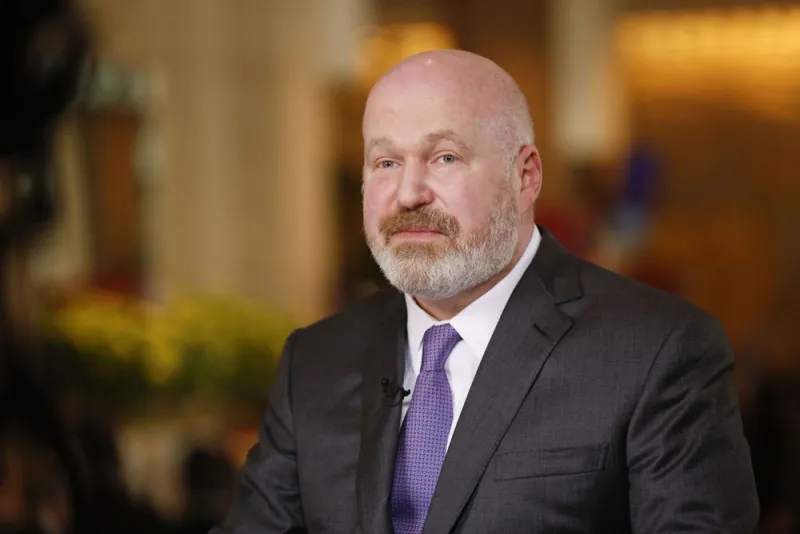With expectations of inflation and rising interest rates — and value stocks gaining traction amid a remarkable comeback — investors are rethinking how best to adjust their portfolio.
There is, of course, no perfect bet, but value diehards argue what shouldn’t be the basis of investment decisions: the prevailing view that rising interest rates will consistently benefit value stocks.
“It’s way less of a big deal and gets way more attention and discussion than it warrants,” said Cliff Asness of AQR Capital Management at a virtual roundtable this week. “People say rates have to rise for value to do well; that is absolutely not true.” Other investors have recently shared similar sentiments on the correlation.
The premise Asness is arguing against is simple: Profits from value stocks come sooner during a high interest rate, inflationary period because of the strategy’s shorter duration, since quicker cash flows are less affected by discount rates. It’s the opposite for growth stocks, which suffer from rising rates because of their extended future cash flows. While that might be true in the short term, history tells a more complicated story — one that is ambiguous, and effectively discounts the connection.
“Different choices for interest rate variables, different measurements and implementations of value, and different samples through time and across markets deliver varying results,” stated AQR in a May white paper.
To support their thesis, authors Thomas Maloney, a managing director at AQR, and Tobias J. Moskowitz, a principal at the firm, drew on the changes in the slope of the yield curve in a three-year period and their relation to value returns. “During the period of 2017 to 2019, when a steep value drawdown coincided with a flattening yield curve slope, this connection can only explain a small part of value’s losses, leaving the majority of value’s underperformance unconnected to interest rate changes,” the paper stated.
On the widely-held notion that value will benefit from rising rates, with the opposite being true for growth stocks, AQR asserts that the idea doesn’t align with reality: “The assumption that all else is equal is routinely violated,” according to the paper.
“For instance, it is likely that expected cash flows for growth and value stocks also exhibit different degrees of uncertainty and respond differently to economic shocks, and interest rate changes are merely a symptom of those economic movements,” the paper stated. Put another way, it is interest rate changes that reflect economic conditions, which change cash flows and risk premiums; and it is the combination of those factors that can ultimately dominate durations.
Driven by economic optimism amid a post-pandemic recovery, the value trade has experienced a resurgence that began in late 2020, translating to one of the strongest starts to a year for AQR. Its Long Short Equity Fund was up nearly 22 percent for the year as of Wednesday, while its Style Premia Alternative Fund was up by nearly 20 percent.
One of Asness’ strategies for gauging value returns: adjusting for valuation changes using a regression framework. While not a new concept, it is “a gravely under-appreciated area of research,” he said in a March post.
The post countered the practice of using realized average returns to predict long-term expected returns. From his findings, Asness asserted that a true long-term expected return is “considerably higher” than what one might find from looking simply at past performances. To draw on the flip side, as strategies get more expensive, they do better because that value richening is happening at the same time — but it doesn’t necessarily continue, especially when it’s already starting out expensive.
“[By] accounting for valuation changes, you get a significant gain in the precision of your estimate (not just a different, less biased, estimate),” Asness said in the paper.
The wide valuation spread between growth and value stocks will benefit the value trade, which, from 2018 to 2020, lost out due to prices and not because of fundamentals (with the opposite being true for inflated growth valuations). “As we argue, the only good news is that after these periods you’re often left with a wonderful opportunity,” Asness explained via email.
And despite value losing some of its shine in recent weeks, it is this “value in value spreads,” as he called it during the roundtable, that will move the strategy forward.
“We think the recovery for value won’t look exactly like past ones – history rhymes but it doesn’t repeat. But we think it’s going to look similar,” Asness told Institutional Investor. “We’ve certainly been beaten up over the last three years but we’re starting to get very excited looking ahead.”







